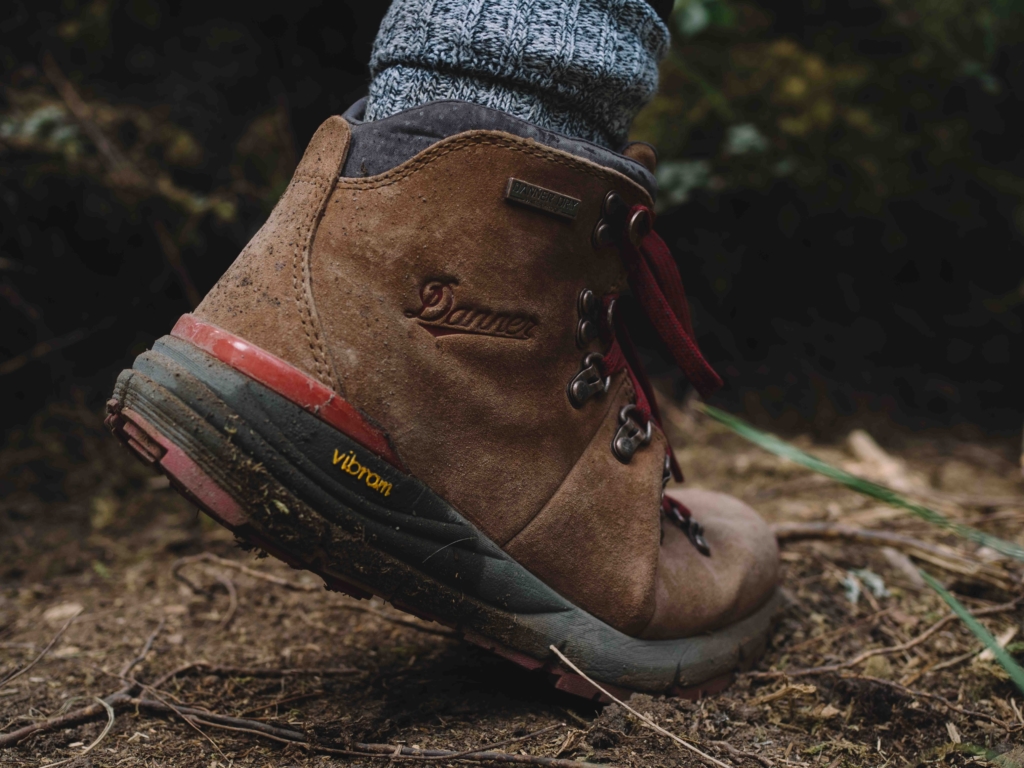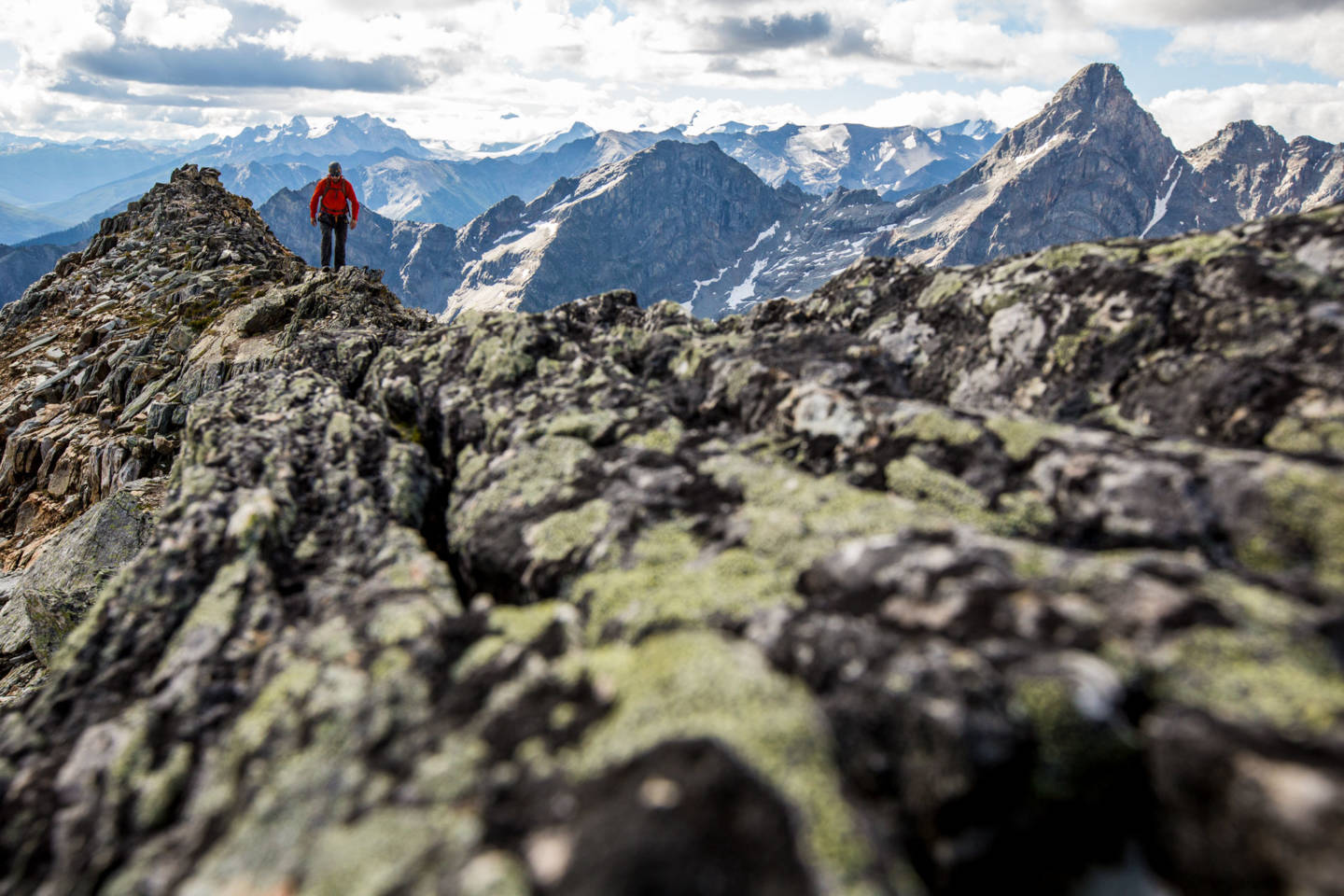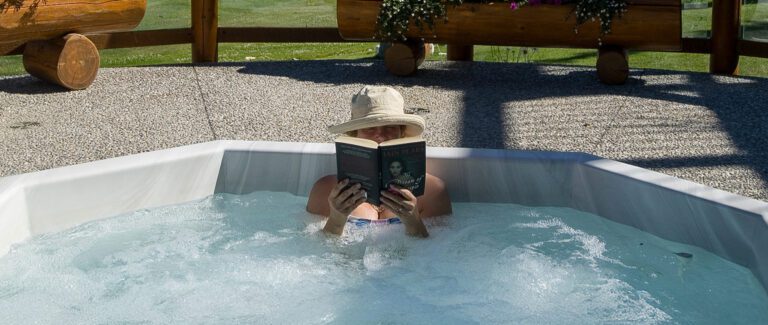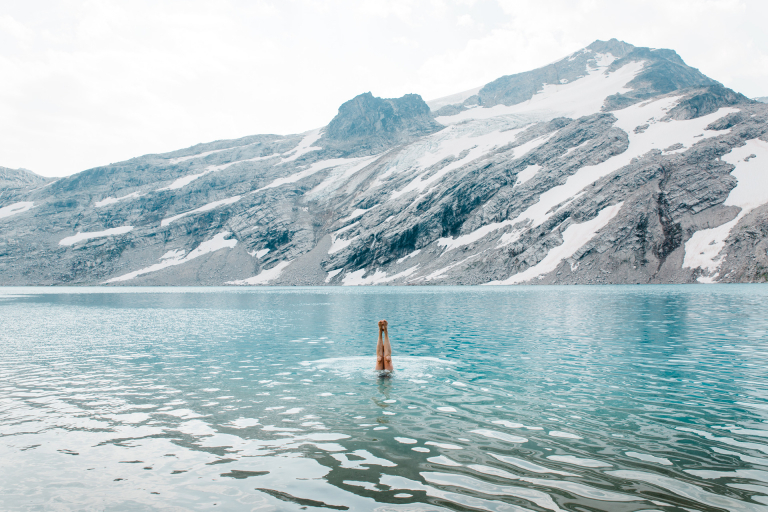WORDS BY TOPHER DONAHUE
There are few things that ruin a nice mountain adventure like a blistered foot.
The old wisdom for blister prevention focused more on what to do after you get a blister than what to do to prevent one in the first place. Breaking in shoes or boots before a trip is a good idea in theory, but often hard to execute in practice while living far from the mountains and walking on flat ground doesn’t really do the same thing to your feet or boots as hiking on uneven angles.
So we asked CMH Guide (and lifetime mountaineer) Lyle Grisedale if he had any better ideas about preventing blisters. As a man who has spent more time in boots than most people spend in pajamas, we expected the same old “don’t-complain-but-blame-yourself-for-not-breaking-in-your-boots spiel”, but he provided an entirely different and preventative three-part solution.
Take notes.

1/ What you’re wearing
Never wear cotton socks. Wool is the very best material for hiking in, and you can buy specially designed hiking socks from companies like Smartwool that are excellent. When buying hiking boots, it’s also very important to get a boot that has an excellent heel contour, the more supported the heel is the less likely that you will get blisters.
2/ How you walk
We spend most of our lives walking on engineered surfaces: sidewalks, pavement, etc. All stair risers are the same height: 7 inches. This makes walking very easy and because of this, I think people get out of touch with their feet. Then, when they get to the mountains on rough trails and they take big, inconsistent steps and blisters become a problem. So, most importantly people need to change their stride. In rougher terrain a long stride causes us to press onto our toes as we move to the next step, and as soon as you lean onto the toe the heel comes into contact with the back of the boot and causes friction – especially walking uphill.
Walking uphill:
- You can prevent blisters by changing our heel-to-toe, rocking walking style.
- Instead place the foot down parallel to the slope and picking it up parallel to the slope for the next step without getting up onto the toes
- This way the foot comes straight up rather than rocking onto the toe and moving in the shoe causing friction.
Walking downhill:
- Take small steps, as the foot is placed ahead the toes are pointed down so that the foot lands parallel to the slope
- Keep your knees slightly flexed
- Lean slightly forward at the waist to eliminate the heel slipping on loose rocks
This style not only prevents blisters, but it is also easier on the knees from a stress point of view, and you are more stable. When I teach mountain walking to our guests they are amazed at how much easier it is and how much terrain we can cover with this technique. You don’t need long strides to cover big distances; small steps will take you just as far without stressing your feet.
3/ Armour your skin
If you have been doing all your walking in the city and are going to the mountains, it’s a good idea to put some Moleskin, or at least a bit of athletic tape, on your heels for the first couple days just to help protect the heels until they are conditioned to walking in rougher terrain.
So that’s it. Be proactive and wrap your heels before they blister, be mindful about the way you’re walking, and slip on a pair of socks that will do you a world of favours.




